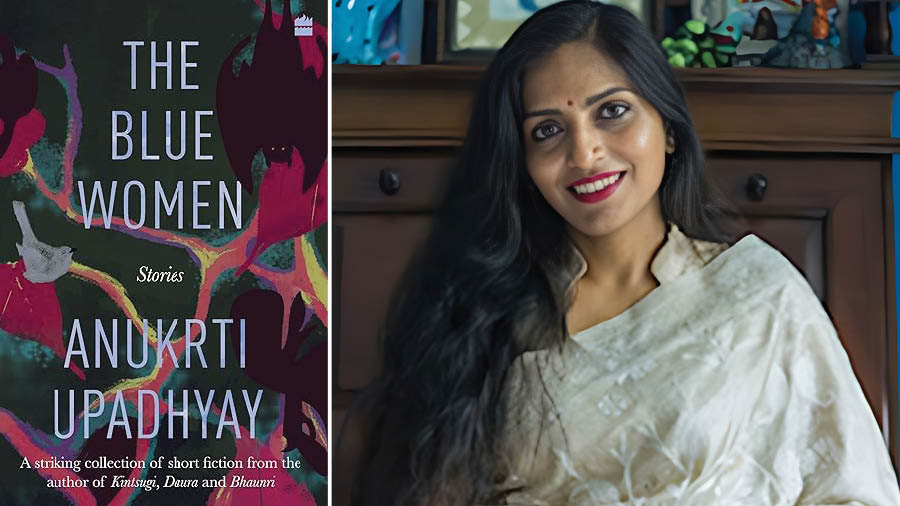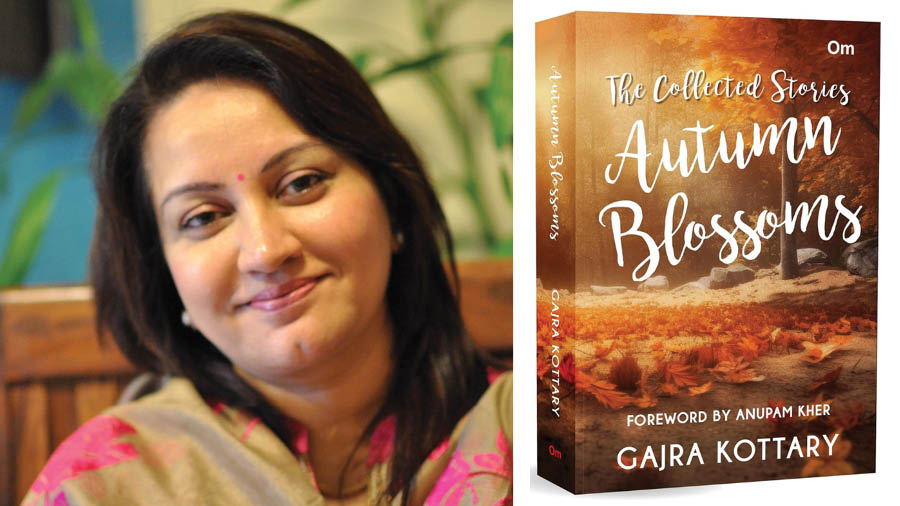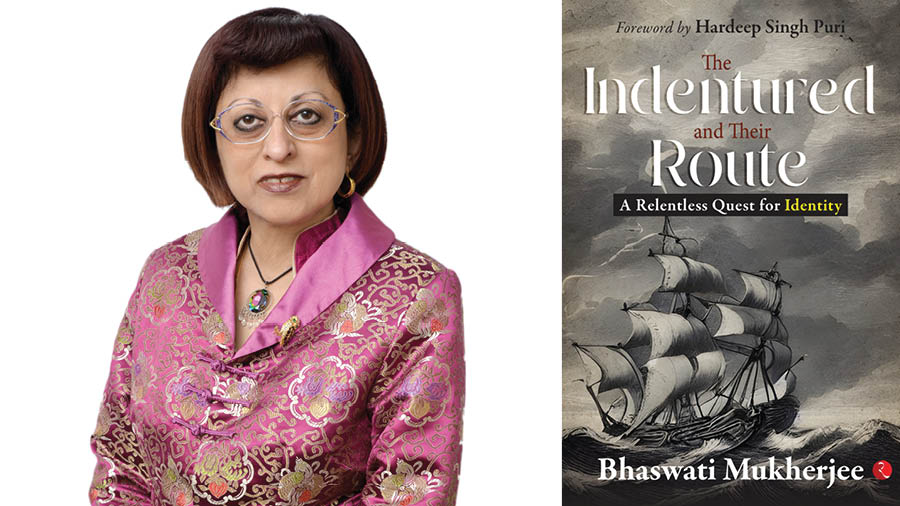The Blue Women by Anukrti Upadhyay is an enthralling collection of short stories that masterfully bridges the gap between reality and fantasy. Upadhyay's storytelling plunges readers into a world where everyday situations conceal elements of casual magic, inviting us on a compelling journey that lingers in the mind long after we’ve put the book down.
What distinguishes these stories is their remarkable ability to play out in familiar domestic settings, evoking a comforting familiarity. Yet, its narration unveils extraordinary plot twists that shatters both characters' natures and reader expectations, leaving a lasting impact. While many stories in this collection feature women as primary protagonists, they encompass a broader spectrum of human experiences and emotions. Each story explores facets of life that resonate universally, making them accessible to a diverse readership.
One of the narratives delves into the complexities of friendships in bustling metropolitan cities, where personal connections often become rare gems in impersonal and cold urban landscapes. This particular story beautifully captures the essence of companionship and the warmth that counteracts the isolating urban hustle. However, it also reflects the vulnerability of relationships in the face of gossip and misinformation, highlighting the importance of open communication. In contrast, another narrative plunges into the depths of human desire and taboo as it navigates a Freudian psychosexual attraction. The story follows a girl whose delusions lead her to believe in a mutual reciprocation of feelings with her stepfather. Her actions take her to extreme lengths, even if it means causing harm to her own mother, unravelling the dark and intricate facets of human relationships.
Another compelling story within The Blue Women delves into the psyche of a character haunted by relentless hallucinations of insects infesting his room every night. This mental torment leaves him sleepless for days, offering an intimate exploration of the human mind's vulnerability to internal demons, masterfully portrayed by Upadhyay. One of the most poignant stories in the collection revolves around grief and confusion following the death of a father. This narrative culminates in infidelity carried out with ritualistic and ceremonious ghee, symbolising the multifaceted nature of human emotions and the intricate webs of human relationships.
The heart of the collection, and the story from which the book derives its name, is a captivating tale woven within a tale. The central story revolves around a female taxi driver who takes on the gruelling red-eye shift, ferrying passengers from late evening to the crack of dawn. As she shares her experiences with her riders, the readers are drawn into a third-person narrative, creating a mesmerising storytelling effect. The taxi driver recounts encounters with the enigmatic "blue" women, whom she first glimpsed in the back seat of her taxi and later encountered elsewhere. The "blue" women are described as disfigured and grotesque, a haunting presence that serves as a signal or prediction of their impending demise. This story within a story adds an extra layer of intrigue, leaving readers pondering its profound and mysterious implications long after they've turned the final page.
The Blue Women is a collection that sends shivers down your spine, leaving you yearning for more. It prompts your imagination to roam freely, continuing to shape your thoughts long after you've closed the book. The narratives and characters linger in your mind like the wisps of smoke after a fire has been extinguished, a testament to Upadhyay's storytelling prowess.
Get the book here.


